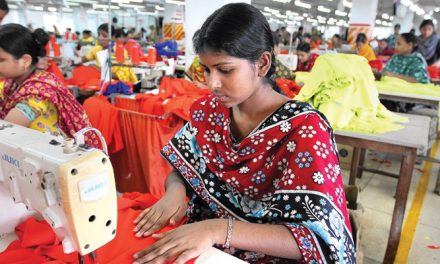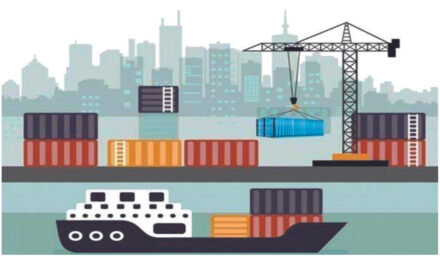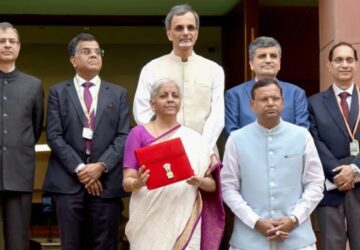
The textiles industry has welcomed the appointment of Smriti Irani as the Union Textiles Minister in the new Narendra Modi-led National Democratic Alliance (NDA) government. During her previous tenure as the Textiles Minister, Irani was instrumental in bringing Apparel and Made up Sector Special Package to help the textile sector and stabilise the exports. The industry is looking forward to working closely with her in the coming years for the further growth of the garment industry.
Meanwhile, export of readymade garments has increased 9.25 per cent in April-May this year compared to the corresponding period last year. This is clearly because of the Centre announced a Scheme for Rebate of State and Central Taxes and Levies (RoSCTL) in March. April and May are usually lean months for exports. But there has been pick up during these two months. The scheme is expected to be implemented shortly. When it was announced, garment exporters gained confidence that they will be competitive internationally as all taxes paid by the exporters would be refunded.
Garment exports grew 14.15 per cent in May compared with the same period at last year. Garments worth $1,528.02 mn were exported in May this year compared with $1,338.57 mn in May last year. However, textile exports dropped 1.94 per cent in May this year compared with last May. The government is considering extension of the RoSCTL for all textile products. However, textile imports grew 9.01 per cent in May this year compared with last May. India provides free access to garments from Bangladesh. So, imports are on the rise.
In between, India’s Goods and Services Tax (GST) Council, likely to meet soon, is expected to take up rationalisation of rates in the textile sector in tune with global markets. The government is reportedly concerned over differential rates of textile items causing hardships, especially on refund to exporters, and feels ending those tax anomalies needs immediate attention.
There are three rates at present—5, 12 and 18 per cent—for various items in the Indian textile sector, while countries like Thailand (10 per cent), China (16 per cent) and Indonesia (7 per cent) have a single rate. This makes them more lucrative and competitive. Customs duties for textile items add to exporters’ problems as well. Ideally, there should be rationalisation in customs duty and GST rates.

















